Creating a well-structured digital marketing budget is essential for any business aiming to succeed in the online space. Whether you’re a startup or a growing brand, a clear and strategic budget helps you allocate resources wisely and generate better results from your campaigns.
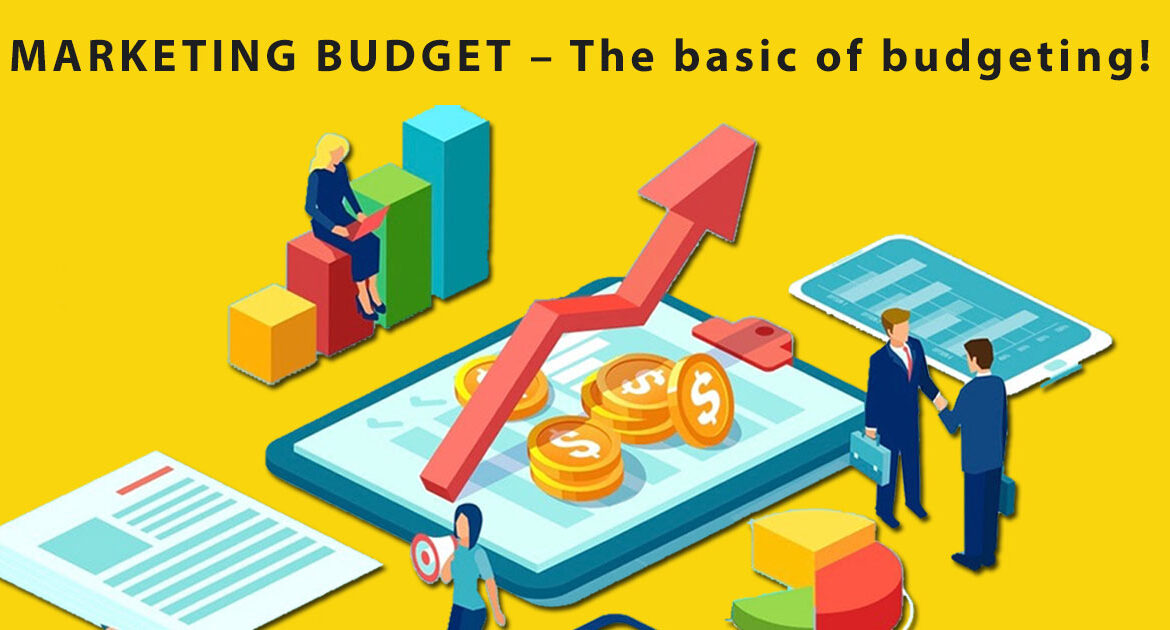
1. Define Your Marketing Objectives
Before putting numbers into a spreadsheet, take a step back and define what you want to achieve with your marketing efforts. Your digital marketing budget should reflect your goals—whether that’s driving website traffic, increasing brand awareness, generating leads, or boosting online sales.
Clear objectives help prioritize your spending and ensure that every rupee you invest supports your business growth.
Define Your Marketing Objectives
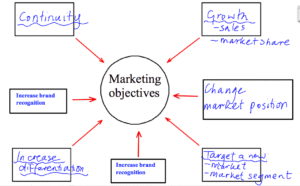 When planning your digital marketing budget, the first and most important step is to define your marketing objectives. Clear goals help guide every financial decision you make, ensuring your money is invested in activities that drive real results.
When planning your digital marketing budget, the first and most important step is to define your marketing objectives. Clear goals help guide every financial decision you make, ensuring your money is invested in activities that drive real results.
Start by asking yourself: What do I want to achieve through digital marketing? Are you aiming to increase website traffic, generate leads, boost online sales, or improve brand awareness?
For example, if your main goal is to generate leads, you may want to focus on paid ads, landing pages, and email marketing. If brand visibility is your priority, more of your budget should go toward social media content, influencer marketing, or video campaigns.
Defining your marketing objectives gives your digital marketing budget a purpose. It prevents overspending in areas that don’t align with your business goals and helps you focus on what truly matters: reaching the right audience with the right message.
2. Study Past Data and Trends
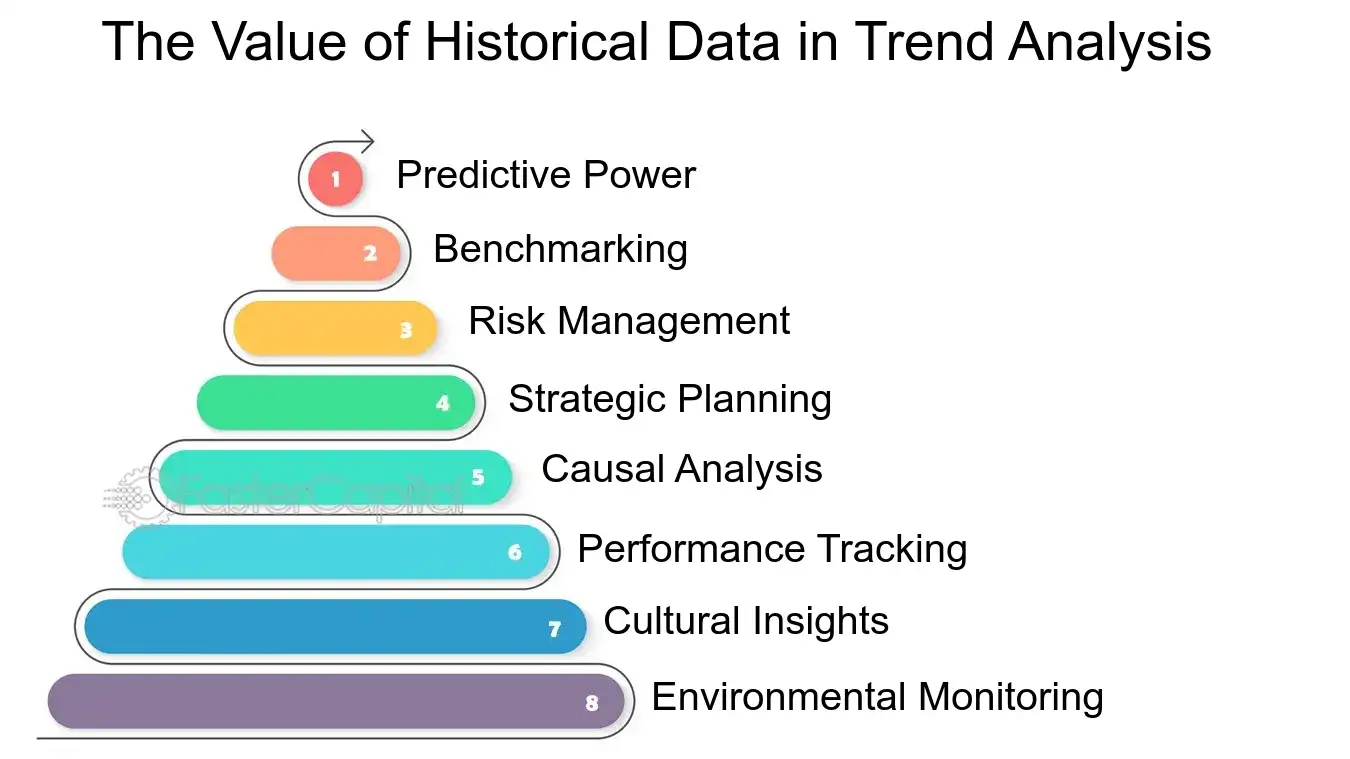
If you’ve run campaigns before, analyze the results. Identify which channels delivered the best return on investment (ROI). Look at metrics such as cost per click (CPC), cost per lead (CPL), and conversion rates.
Understanding what worked and what didn’t helps you make better decisions when planning your future digital marketing budget.
Study Past Data and Trends
Before allocating funds for your next campaign, it’s crucial to study past performance data and current industry trends. This helps ensure your digital marketing budget is based on evidence, not guesswork.
Start by reviewing your previous campaigns. Look at metrics like:
-
Cost per lead (CPL)
-
Return on ad spend (ROAS)
-
Engagement rates on social media
-
Conversion rates from various platforms
These insights show what worked well and what didn’t, guiding smarter spending decisions moving forward. If Facebook Ads performed better than Google Ads last year, it might make sense to shift more of your digital marketing budget there.
Also, monitor digital marketing trends in your industry. For instance, short-form video content, AI-powered tools, and influencer collaborations may be gaining traction. Understanding these shifts lets you stay competitive and adapt your strategy proactively.
Combining internal data with external trends gives you a balanced view. It ensures that your digital marketing budget is both rooted in your brand’s reality and flexible enough to evolve with the digital landscape.
3. Break Down Your Budget by Activity
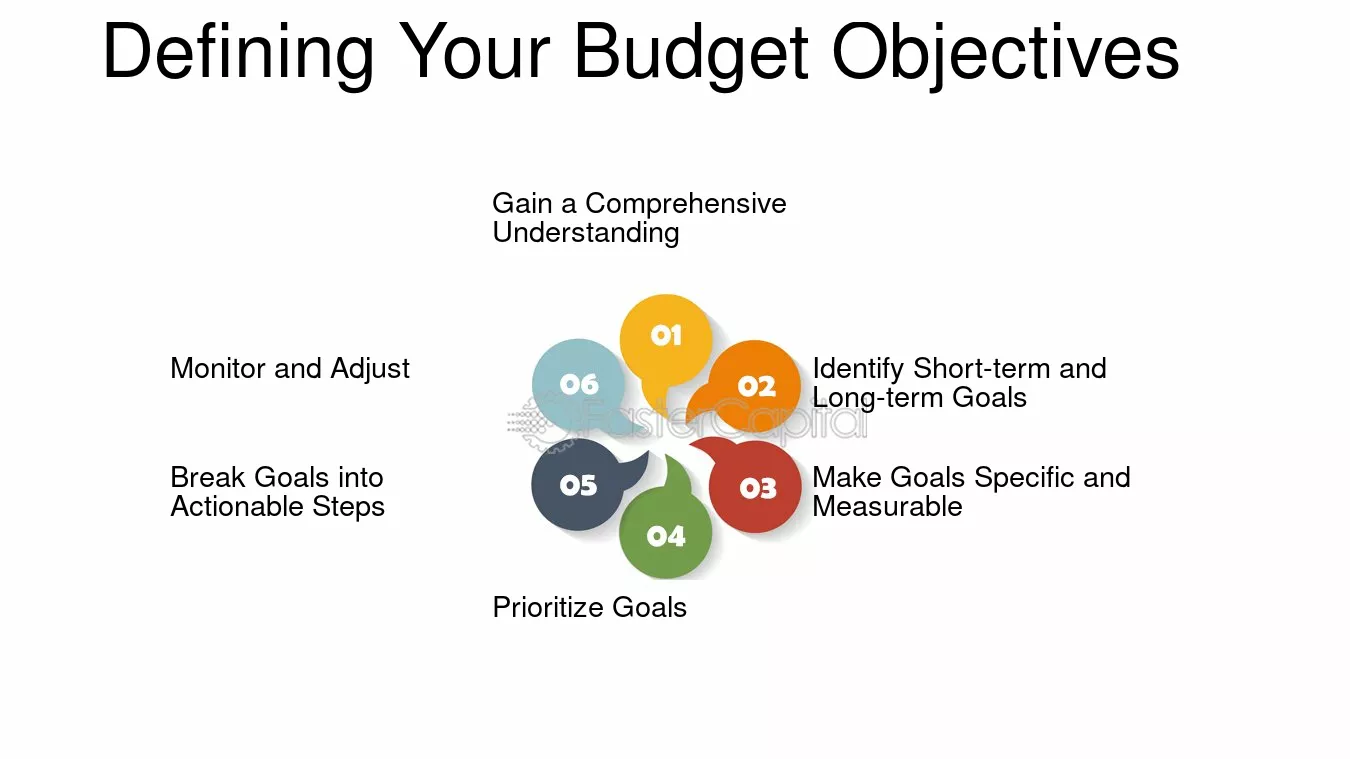
Here’s a general breakdown to help structure your digital marketing budget:
| Activity | Suggested % |
|---|---|
| Paid Advertising (Google, Meta) | 30–40% |
| Content Marketing (Blogs, Videos, Graphics) | 20–25% |
| SEO and Website Optimization | 15–20% |
| Email Marketing | 10–15% |
| Tools and Software (CRM, Analytics) | 5–10% |
| Training & Team Development | 5% |
1. Content Creation
Content remains king in 2025. Whether you’re crafting blog posts, videos, reels, podcasts, or infographics, quality content drives engagement. A portion of your digital marketing budget should be dedicated to hiring content writers, graphic designers, and video editors—or investing in tools that help you create content in-house.
2. Search Engine Optimization (SEO)
Budget for keyword research tools, on-page SEO enhancements, link-building campaigns, and professional audits. Good SEO ensures your content gets discovered without relying entirely on paid ads.
3. Paid Advertising (PPC & Social Ads)
Platforms like Google Ads, Meta (Facebook & Instagram), LinkedIn, and TikTok require a strong paid media strategy. Allocate a significant portion of your digital marketing budget to ads that target your ideal audience, along with funds for testing different creatives and placements.
4. Social Media Marketing
From influencer collaborations to daily posts and reels, social media marketing is a key touchpoint. Budget for social media tools, post boosting, campaign-specific designs, and analytics software to track engagement.
5. Email Marketing
Include in your budget tools like Mailchimp, ConvertKit, or Brevo, as well as costs for automation, list-building strategies, and newsletter content.
6. Marketing Tools and Software
Your digital marketing budget should also include subscriptions to analytics platforms, scheduling tools, CRM software, and AI content generators that streamline your workflow and improve decision-making.
7. Training and Development
The digital world evolves fast. Reserve funds for webinars, online courses, or certifications to ensure you (or your team) are equipped with the latest skills and strategies.
4. Factor in Content Creation Costs
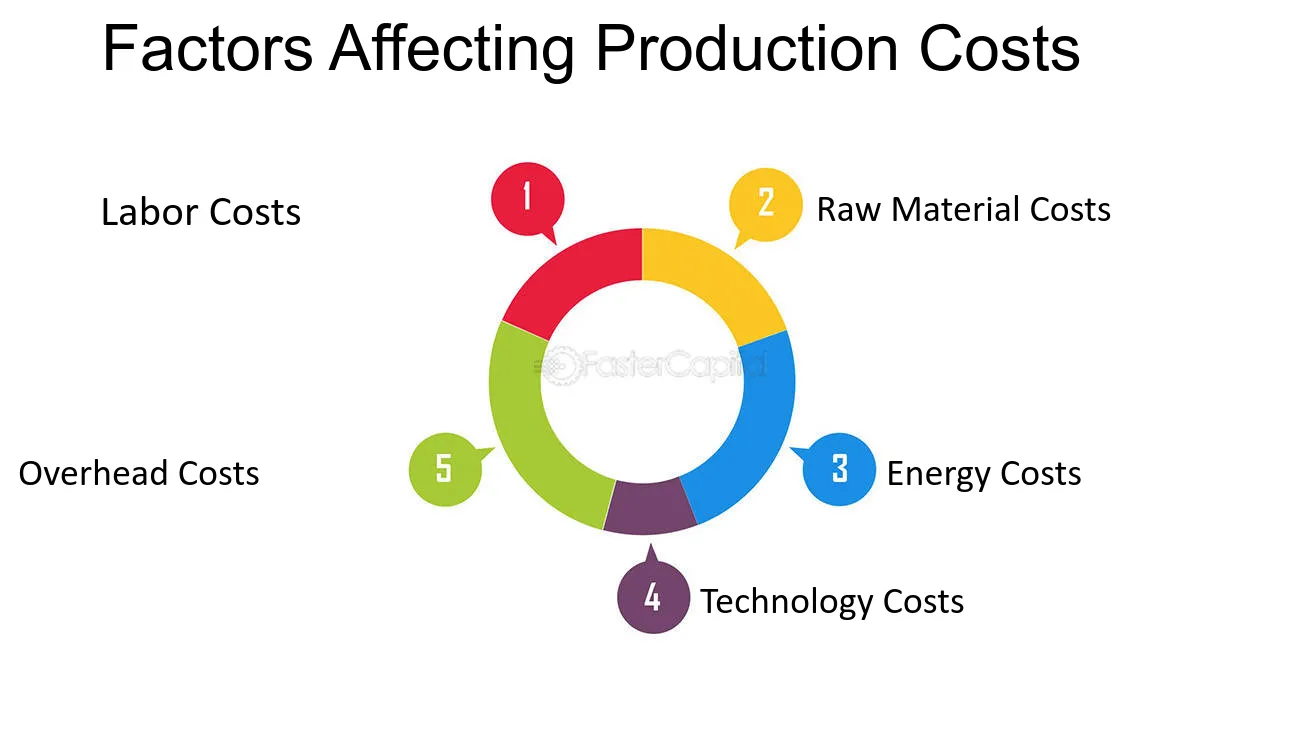
Good content isn’t free. If you’re creating blogs, videos, designs, or ads, account for:
-
Freelance or agency fees
-
Software subscriptions (like Canva, Grammarly, or Adobe)
-
Equipment for video or podcasting
A smart digital marketing budget ensures you don’t fall short on the creative side.
Factor in Content Creation Costs
Keyword: digital marketing budget
When planning your digital marketing budget, content creation should be a top priority. High-quality content is the backbone of all successful digital strategies—from social media and email campaigns to SEO and paid advertising.
Why Content Matters
Content drives engagement, builds brand authority, and improves visibility across channels. Whether you’re producing blog posts, Instagram Reels, YouTube videos, or infographics, you need a steady stream of valuable, consistent, and creative content.
What to Include in Content Creation Costs
When factoring content into your digital marketing budget, consider the following:
-
Copywriting & Blogging: Hiring writers or freelancers to create website content, ad copy, newsletters, and long-form blogs.
-
Graphic Design: Designing visuals for social posts, banners, and infographics, either through in-house designers or freelancers.
-
Video Production: Investing in video editing software, camera equipment, or outsourcing to production teams for YouTube, TikTok, or Instagram content.
-
Photography: Product photography, behind-the-scenes visuals, and custom imagery help personalize your content.
-
AI Tools & Subscriptions: Tools like Canva Pro, Adobe Creative Suite, or AI-based content generators like ChatGPT also require budget allocation.
5. Don’t Forget Hidden Costs

When setting your digital marketing budget, remember to account for:
-
Marketing software and tools (Canva, SEMrush, Buffer, etc.)
-
Freelancer or agency fees
-
Landing page development
-
Testing and optimization costs
-
Team training and certifications
These hidden costs often add up, so it’s smart to factor them in early.
Common Hidden Costs in Digital Marketing
Training and Upskilling
Marketing tools and platforms are constantly evolving. Budgeting for courses, certifications, and team training ensures your strategies stay current and competitive.
What to Invest In
-
-
Online Courses and Certifications
Platforms like Coursera, HubSpot Academy, Google Skillshop, and Udemy offer affordable, high-quality training programs in SEO, analytics, social media, PPC, content marketing, and more. -
Workshops and Webinars
Industry events and live webinars provide hands-on knowledge, networking opportunities, and exposure to real-world case studies. -
In-House Training
Hiring experts for in-house training sessions allows your team to get customized knowledge tailored to your brand’s specific goals.
-
Tool-Specific Training
If your team uses platforms like Meta Ads, Google Ads, or marketing automation tools (like Mailchimp or HubSpot), it’s wise to invest in training to make the most of their features.
Software Upgrades and Add-Ons
While basic versions of tools like email marketing platforms or analytics dashboards may be free or low-cost, additional features, users, or data access often require paid upgrades.
Examples of Common Software Investments:
-
Email Marketing Tools: Upgrading from basic plans to advanced automation in tools like Mailchimp or ConvertKit can unlock valuable segmentation and A/B testing.
-
SEO and Analytics Platforms: Tools like SEMrush, Ahrefs, and Moz offer advanced insights but come at a premium.
-
Social Media Management: Platforms such as Hootsuite or Sprout Social offer add-ons for reporting, collaboration, and integrations.
-
Design and Video Editing: Canva Pro, Adobe Creative Cloud, or video editing tools like Animoto provide enhanced features for content creation.
Hidden Add-On Costs
Many platforms charge extra for:
-
Additional users or seats
-
API access or integrations
-
Data storage and backups
-
White-label branding
These additional costs can add up quickly, so it’s important to factor them into your digital marketing budget from the beginning.
Budgeting Tip
Always review your tool stack at the start of the year. Identify which software provides measurable ROI, and prioritize spending on those tools. Allocate a flexible portion of your digital marketing budget for necessary upgrades, especially as your campaigns scale.
Start by identifying your primary marketing objectives—whether it’s increasing brand awareness, driving website traffic, or boosting sales—and prioritize your spending accordingly. Use historical campaign data and analytics to find out which channels and tactics have proven most effective for your business.
Another key budgeting tip is to set aside a flexible contingency fund within your overall digital marketing budget. This allows you to take advantage of unexpected opportunities, such as trending ad formats or influencer collaborations, without disrupting your main campaigns.
Freelancer and Consultant Fees
Sometimes you’ll need extra support—be it a content strategist, video editor, or SEO consultant. These costs should be anticipated in your digital marketing budget.
However, their rates might be higher per hour or per project, so it’s essential to budget accordingly. Consultants, on the other hand, usually offer strategic guidance and high-level insights, which can be invaluable but may also come at a premium.
To manage your digital marketing budget effectively, define the scope of work clearly and negotiate fees upfront. Consider retainer agreements or project-based payments to keep costs predictable. Also, evaluate the return on investment from hiring external experts—sometimes paying more for quality work can save money and boost results in the long run.
Including freelancer and consultant fees in your budget ensures a realistic financial plan, helping your marketing campaigns run smoothly without unexpected expenses.
Licensing and Subscriptions
 Stock images, premium fonts, music for videos, or even paid plugins for your CMS are easy to forget but essential for polished, professional content.
Stock images, premium fonts, music for videos, or even paid plugins for your CMS are easy to forget but essential for polished, professional content.
When planning your digital marketing budget, it’s crucial to factor in the costs of licensing and subscriptions. Many digital marketing tools and platforms require ongoing payments, whether monthly or annually, to access their full range of features. These can include software for email marketing, social media management, SEO analysis, graphic design, video editing, and more.
Licenses might also cover the use of premium stock images, videos, or music, which are often necessary to create professional and engaging content. Subscriptions to industry research, analytics platforms, or marketing automation software are additional expenses that support data-driven decision-making and campaign efficiency.
Ignoring these recurring costs can lead to budget overruns or force you to downgrade your tools mid-campaign, which might hurt performance. To keep your digital marketing budget on track, regularly review your licenses and subscriptions to ensure they align with your current needs and cancel any that are no longer useful.
By carefully managing licensing and subscription expenses, you maintain access to essential marketing resources without compromising your overall budget.
Revisions and Redos
Not every campaign goes perfectly the first time. You might need to revise ad creatives, rework a video, or update a website landing page—each costing extra time and money.
An often overlooked but critical element in any digital marketing budget is accounting for revisions and redos. Whether you’re working with in-house teams or outsourcing to freelancers and agencies, not every piece of content or campaign goes live perfectly the first time.
You may need to revise ads that aren’t converting, update social media content to match shifting trends, or redesign landing pages based on user behavior. These iterations take both time and money — and if they’re not budgeted for, they can strain your resources.
Especially in areas like video production, graphic design, and copywriting, multiple rounds of feedback are common. Each adjustment may involve new creative hours or software usage, leading to increased costs.
When setting your digital marketing budget, build in a margin for revisions. This ensures you’re financially prepared to make necessary changes without derailing your overall strategy.
By anticipating revisions and allowing for redos in your budget, you enable your team to deliver polished, high-performing marketing assets without unnecessary stress or rushed outcomes.
Testing and Experimentation
A/B testing ad variations, landing pages, or email subject lines is key for optimization—but also requires additional budget allocation.
A smart digital marketing budget always includes room for testing and experimentation. In today’s fast-moving digital landscape, what works today may not work tomorrow. That’s why brands must continually test different content formats, ad creatives, platforms, audiences, and messaging strategies.
A/B testing, multivariate testing, trial campaigns, and new platform experiments all require financial investment. Even small tests—like trying different CTAs or running a few variations of an email subject line—can yield valuable insights that help optimize future performance.
However, without allocating specific funds for this purpose, testing often gets skipped, leading to stagnant strategies and missed growth opportunities. Instead of viewing experiments as a cost, treat them as an investment in data-driven decision-making.
When planning your digital marketing budget, earmark a portion specifically for testing. This ensures your strategy stays agile, relevant, and primed for optimization based on real user behavior and performance metrics.
Including experimentation in your budget also builds a culture of innovation—keeping your campaigns fresh and ahead of the curve.
6. Track, Measure, and Optimize
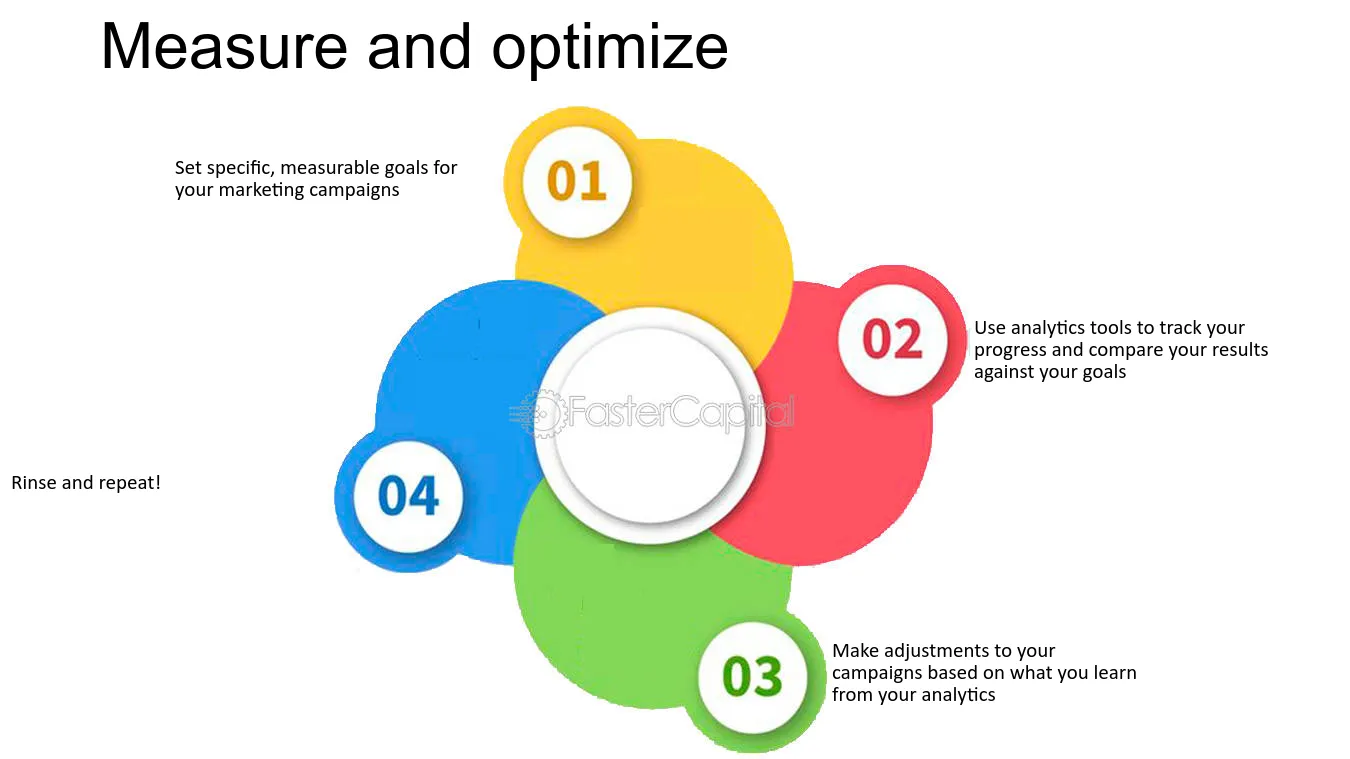
Once your campaigns are running, constantly monitor performance. Use tools like Google Analytics, Meta Ads Manager, or HubSpot to track ROI, engagement, and conversions. If something isn’t working, shift your digital marketing budget to better-performing channels.
Regular analysis helps you spend smarter, not just more.
Once you’ve allocated your digital marketing budget, the work doesn’t end there. To ensure your investments are actually paying off, you need to continuously track performance, measure outcomes, and optimize your strategies based on data.
Why Tracking Matters
Effective tracking allows you to understand what’s working—and what’s not. By closely monitoring KPIs like CTR (Click-Through Rate), CPC (Cost Per Click), conversion rates, bounce rates, and ROI, you gain insight into which campaigns deliver the most value. This ensures your digital marketing budget is being spent wisely.
Use the Right Tools
There are several tools available to help you monitor and manage your marketing performance:
Why Tracking Is Crucial
Tracking helps you monitor how your campaigns are performing in real time. Whether it’s social media ads, email campaigns, SEO efforts, or influencer marketing, you need to measure performance metrics such as:
-
Impressions and reach
-
Click-through rates (CTR)
-
Conversion rates
-
Cost per acquisition (CPA)
-
Return on ad spend (ROAS)
When you measure these KPIs against your budgeted spend, you gain a clearer picture of what channels are delivering results and where you might be overspending.
Tools for Accurate Measurement
To make informed decisions, rely on trusted analytics tools like:
-
Google Analytics for website and conversion tracking
-
Meta Business Suite for social media ad insights
-
SEMrush or Ahrefs for SEO performance
-
Mailchimp or HubSpot for email metrics
-
Google Data Studio to consolidate and visualize multi-channel data
These tools help you keep your digital marketing budget accountable and data-driven.
Continuous Optimization
Optimization is the step that truly boosts ROI. Use A/B testing for ads and landing pages, refine your audience targeting, adjust bidding strategies, and tweak your creatives based on what works best. Optimization isn’t a one-time task—it’s ongoing. The more you fine-tune, the more efficient your budget becomes.
Link Metrics to Goals
Always connect your data back to your marketing objectives. If your goal was to generate 1,000 leads from a ₹50,000 digital marketing budget, then your cost-per-lead should be around ₹50. If you’re spending more, identify what can be improved and pivot quickly.
Social media is constantly evolving—and staying ahead of the curve is key to maintaining a competitive edge. As algorithms shift, user behavior changes, and new platforms rise, businesses must adapt their strategies to meet the moment.
Here are the top social media marketing trends you need to know for 2025, and how to use them to grow your brand online.






